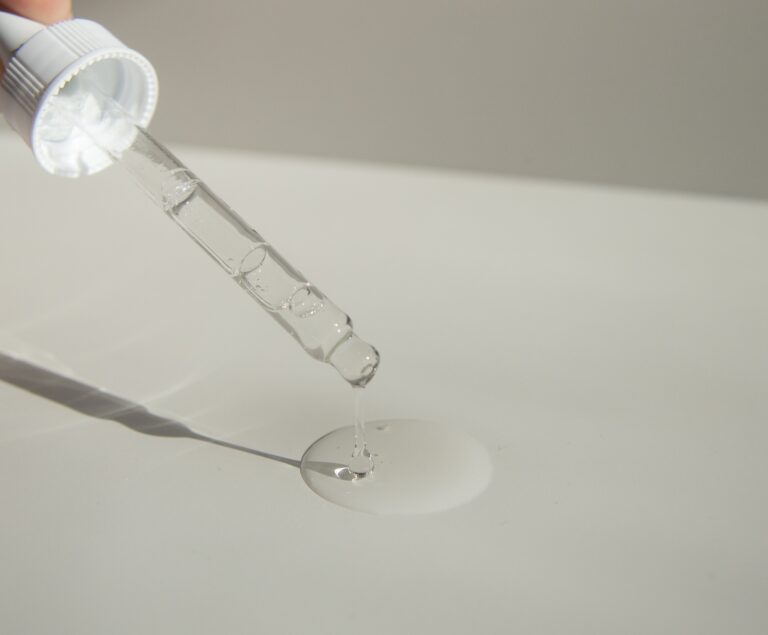Saffron is a vibrant red spice derived from the saffron crocus plant (Crocus sativus).
It’s made from the dried stigmas of the flower (the tops of the female part).
It is thought that the plant originated in Greece. It is now grown in a variety of countries, including Iran, Spain, and China.
Saffron has traditionally been used to colour and flavour food.
Back pain, wounds, and abscesses are among the ailments for which it is used as a herbal remedy.
In the cosmetics industry, saffron is a valuable ingredient.
Many people believe that saffron can help with common skin problems like acne and inflammation.
Saffron has been shown to have skin benefits.
Saffron has a number of skin-friendly properties that have been scientifically proven. What it can do for your skin is this:
UV protection
Protecting your skin from ultraviolet (UV) radiation is one of the most important things you can do for its health. The production of free radicals is aided by UV radiation, resulting in oxidative stress. This harms your skin cells and speeds up the ageing process. Crocin, the active ingredient in saffron, may be helpful. Crocin has potent antioxidant properties, according to a lab study published in 2018. Antioxidants are molecules that neutralise free radicals to reduce oxidative stress.
Hyperpigmentation is reduced.
When parts of your skin become darker than the surrounding skin, this is known as hyperpigmentation. Excess pigment, or melanin, is to blame. Scarring, sun exposure, and hormonal changes can all cause hyperpigmentation. The compounds work by inhibiting the enzyme tyrosinase, which is required for melanin production.
Saffron gel for face
Saffron gel has a cooling effect that is ideal for inflammation. Crush 4 or 5 strands of saffron with a mortar and pestle. 2 tbsp aloe vera gel, 2 tbsp rose water Apply a small amount to your skin and rub it in until it is completely absorbed.
Indrani Cosmetics Saffron Gel is the product that you must have!
[videopress R2FJgthe]
Go and grab it soon.



